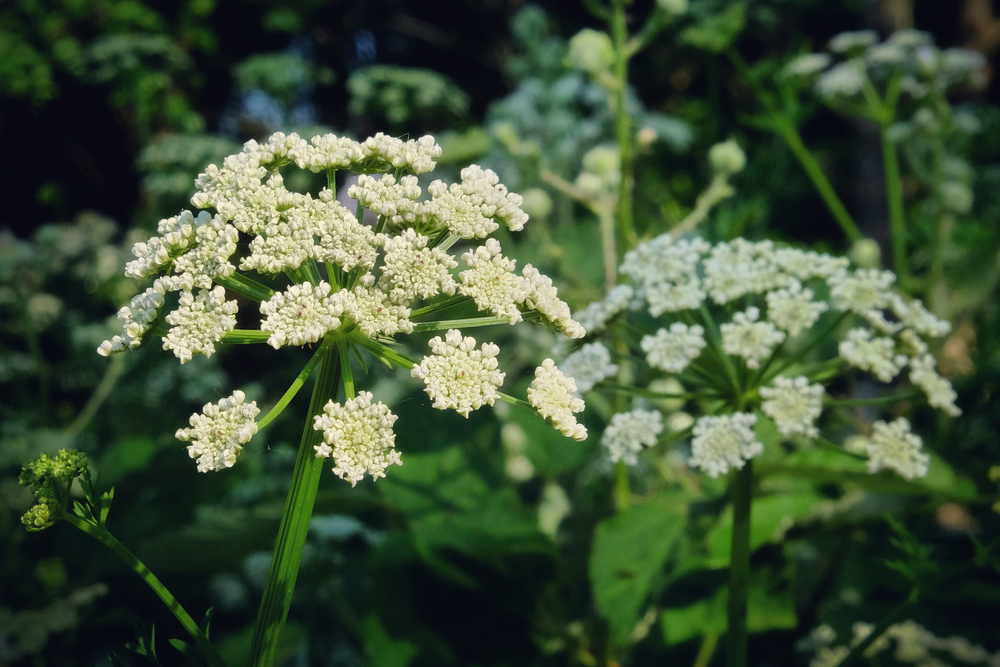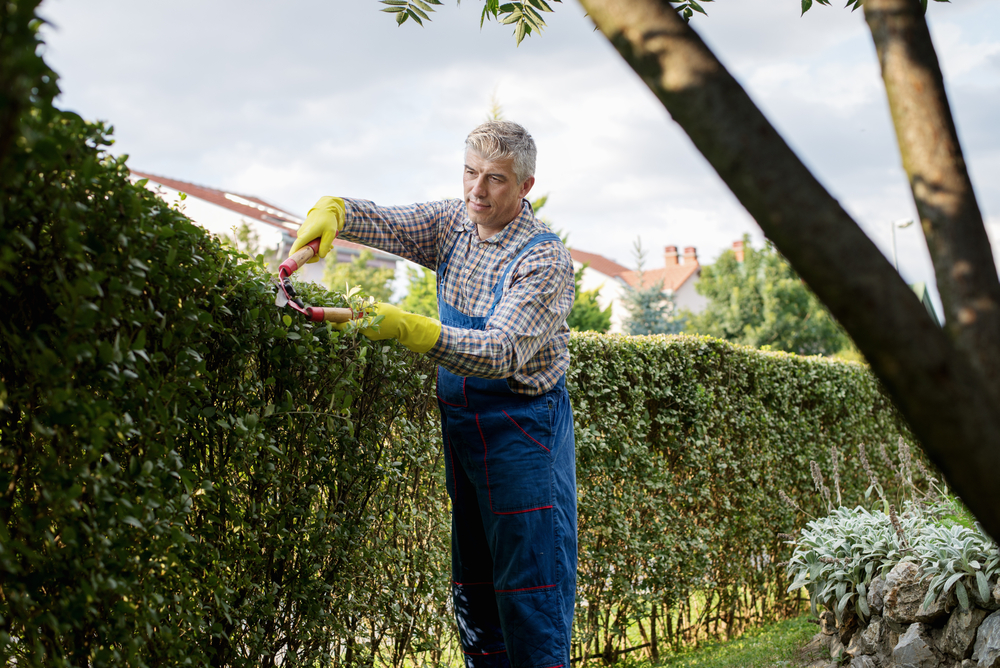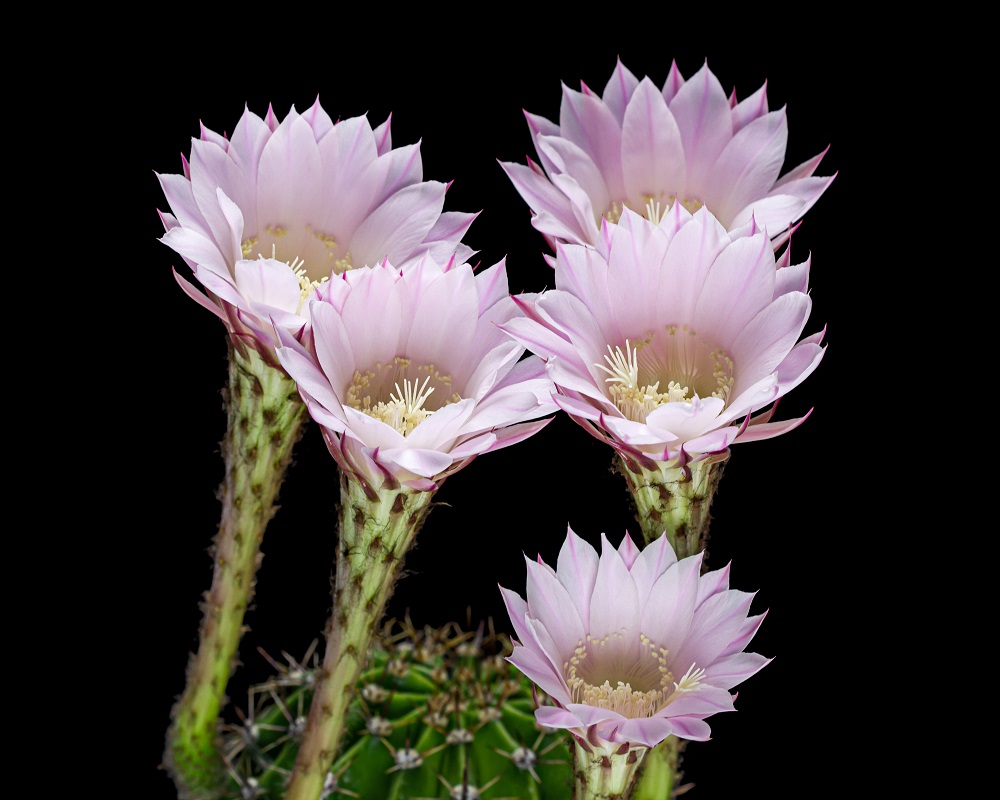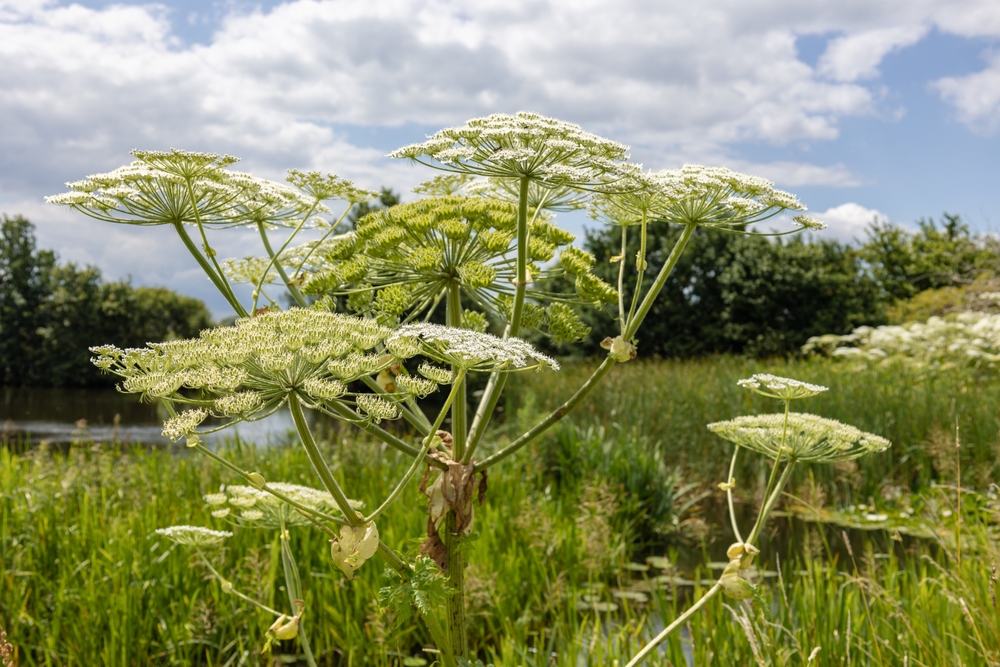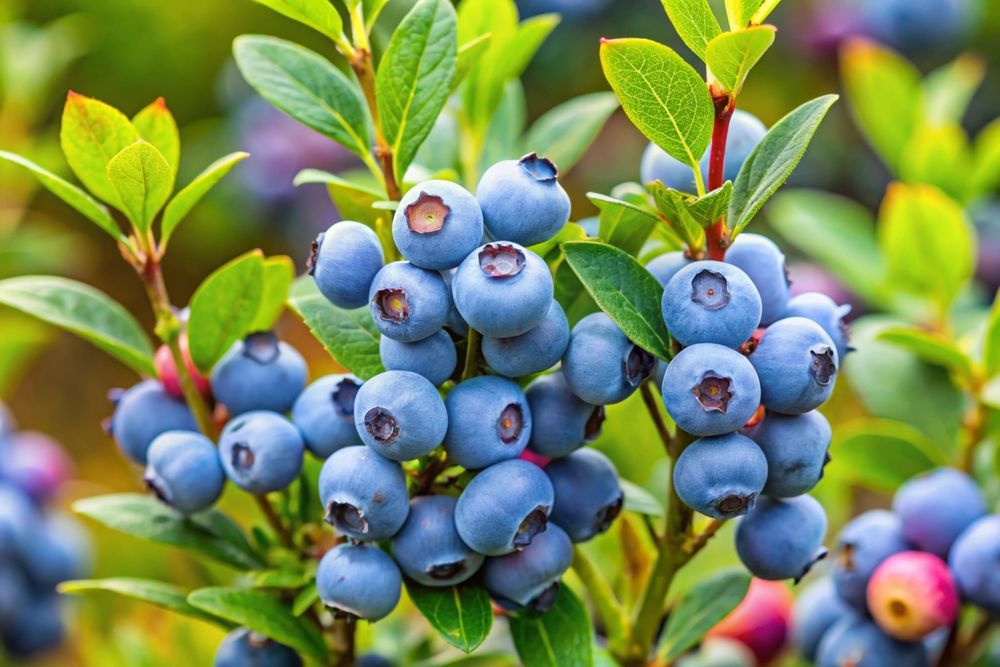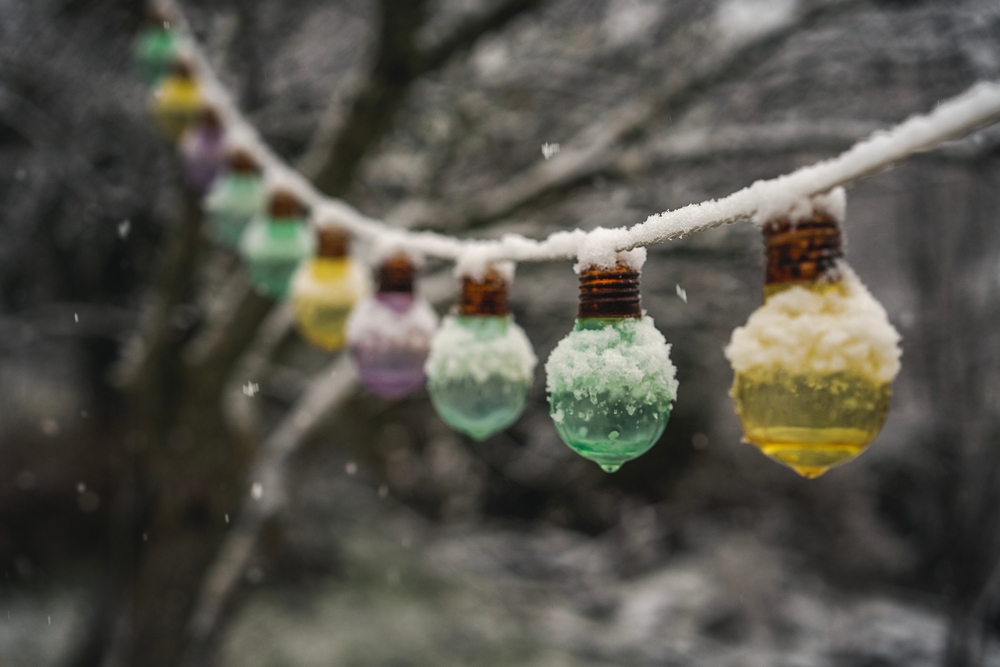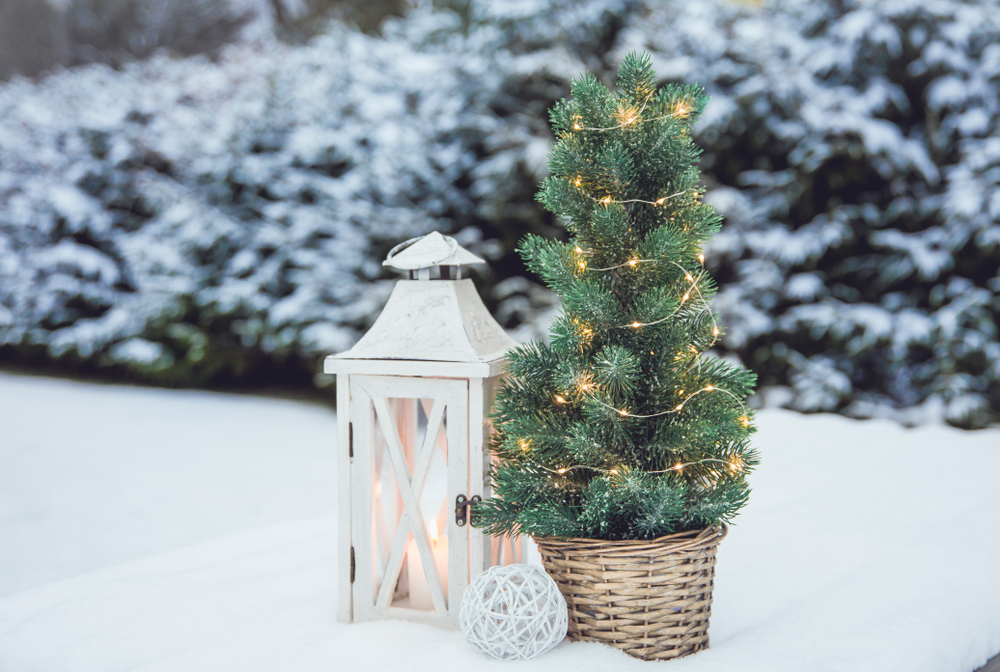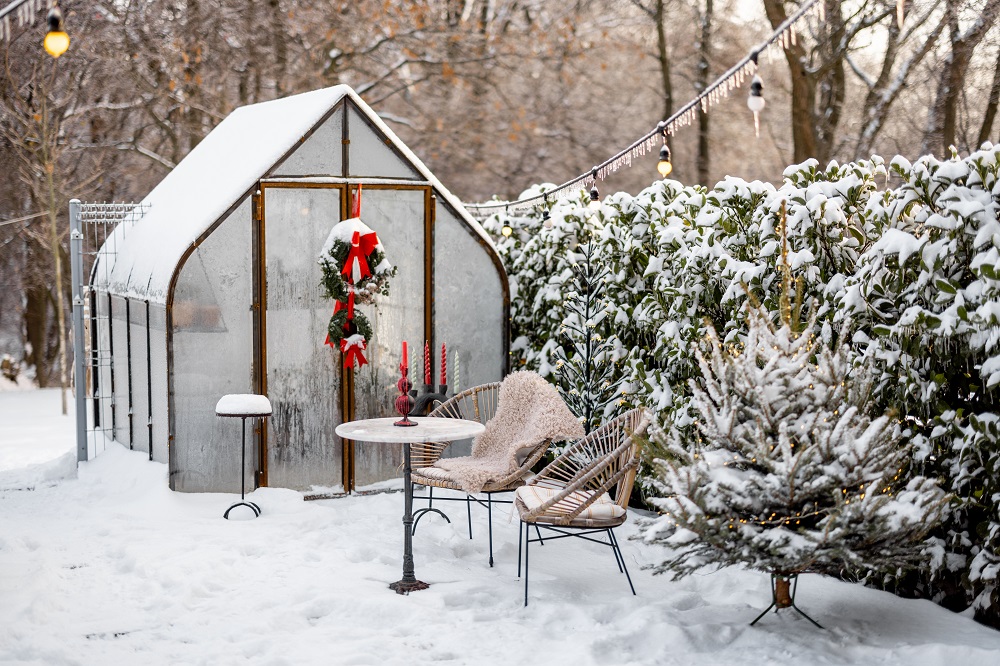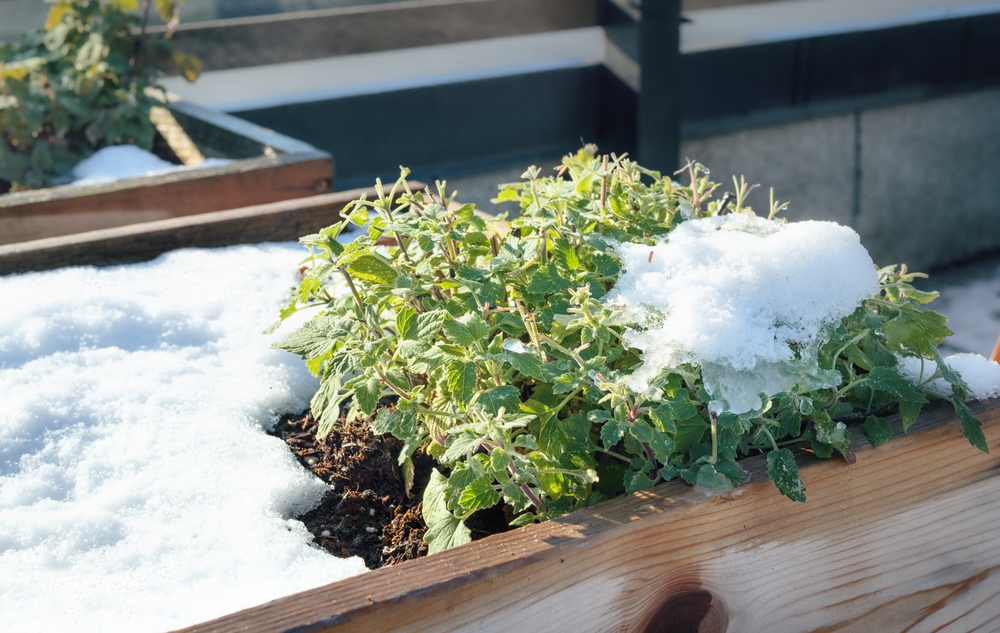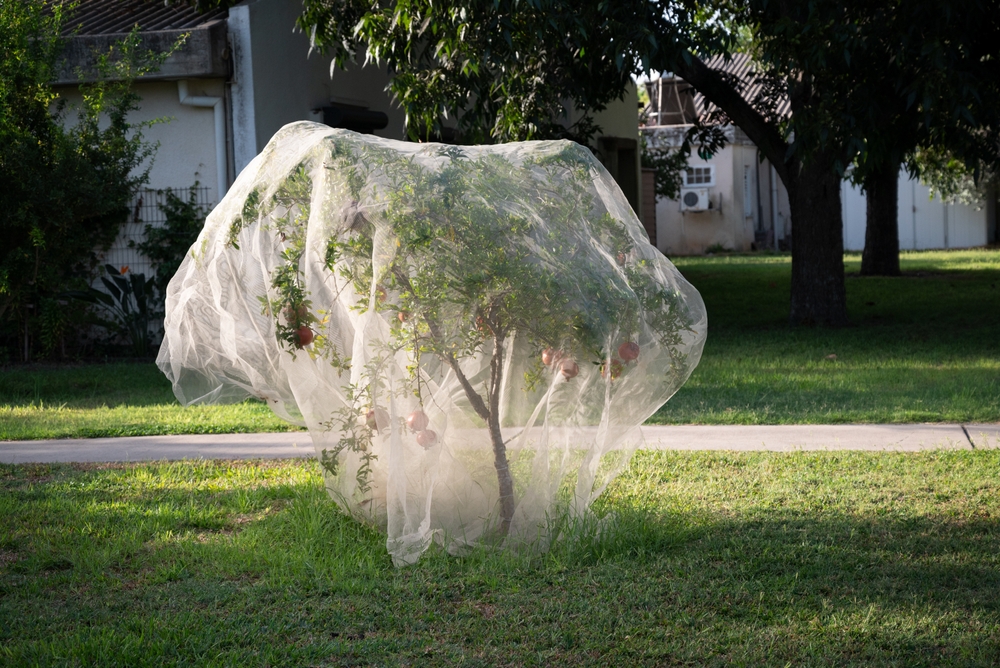Attention gardeners! This is a list of plants to winterize, make sure to put a pin on it!
Hello again, novice or skilled gardeners! It’s time for a new article, but this time we will approach a different topic. While we wrote a lot about plants until now, since many of you asked about this, in this article, we will mention all the plants to winterize before the snow comes and… well, destroy them.
For those who aren’t exactly aware of the term “winterize,” I will explain everything in detail in the following lines, so make sure you keep reading. You may be afraid that this “winterize process” will require a significant amount of your time and energy, but it is the only way to save your garden and ensure its success in the upcoming season.
But hey, I don’t want to bore you from the first part of the article, so without any other comments, let’s see some of the plants to winterize this season before the frosts set in.
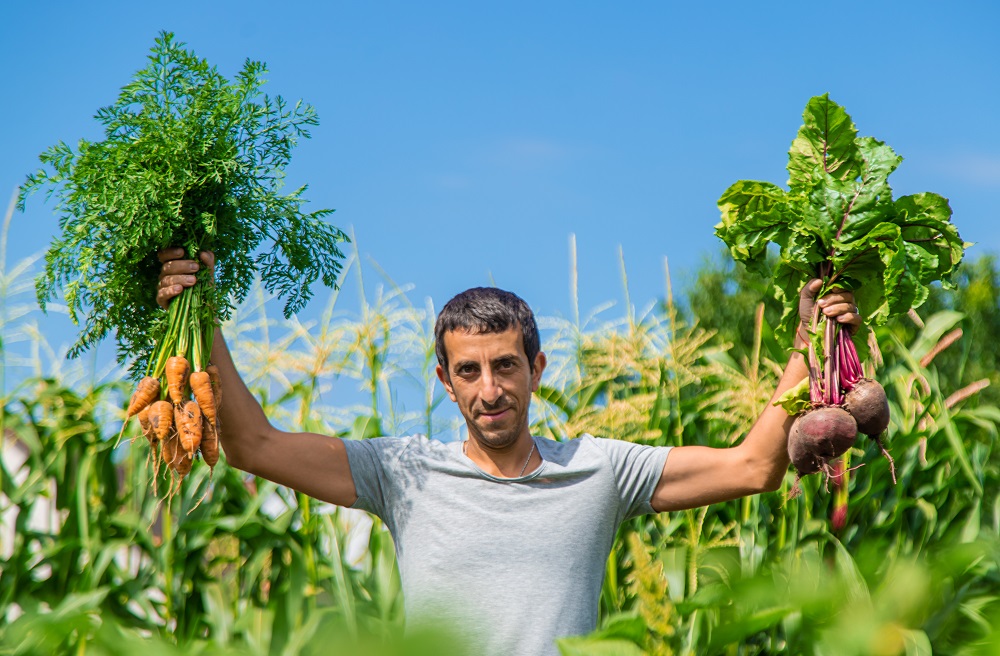
Hardy vegetables
One of the first perennial plants to winterize before the first snow is the warm-weather veggie. Zucchinis, peas, tomatoes, peppers, broccoli, and so on won’t survive winter. Brussels sprouts can be harvested all winter long if they are buried in mulch, straw, or leaves.
Leeks, cauliflower, and kohlrabi are examples of semi-hardy plants that can be protected by using row covers. A row cover can prolong their life, extending the harvest season, but repeated exposure will kill them. During frosts, keep your root vegetables in the ground because the cold makes them sweeter. Harvesting them can go on until the ground freezes.
Herbs
There is no other way to put it, but some of your herbs, even if placed in pots, are at risk of dying from winter’s frost. Basil, for example, is an exception that won’t survive no matter what, so it’s better to harvest it way before November.
After the first freeze, mulch outdoor herbs 3 to 4 inches deep to help them survive the winter. This additional insulation layer will warm the soil and shield roots from freezing temperatures.
If you grow herbs like oregano, parsley, or rosemary, I recommend offering them extra protection during the cold season. Cover them with a bed sheet in the nights when the weather is announced to be harsh. If you’re not ready to give up your favorite bed sheets, try using plant covers or row covers.
Order your plant cover today from Amazon at the excellent price of $19.99, which is way cheaper than it was when I bought them last year. You may think it’s expensive, but it’s going to last a couple of years if you take care of it, plus it will help your garden stay green and healthy even when the weather isn’t friendly.
Of course, if you have the possibility and the necessary space for them, you can always bring your herbs into the house. Just make sure to place them further away from the heat sources. Otherwise, they will turn yellow and eventually dry out.
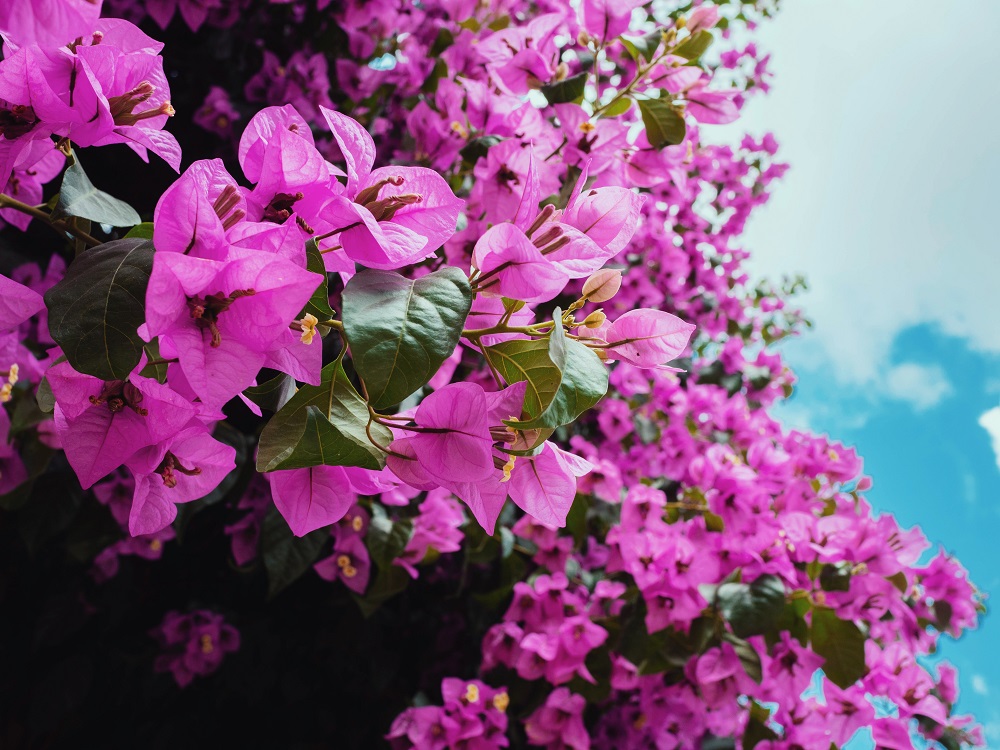
Tropical plants
Goes without saying that tropical plants are one of those plants to winterize way before the first snowfall. In this case, I highly recommend you bring them indoors to protect them as much as possible. I do that every season because I keep them in pots, so it’s easier to move them around. bring them inside before the temperature falls below 50°F at night.
As soon as possible, bring indoor plants such as hibiscus, bougainvillea, and bird of paradise. Put them in a warm, well-lit space with a minimum humidity of 50% to simulate tropical conditions. Although plants need less water when they are in dormancy (winter), reduce watering slightly while maintaining a high enough humidity level to prevent drying out.
To avoid overwatering them, because yes, it may happen to even the most skilled gardeners, I advise you to use pots that have holes in them as well as saucers. Put some water in the saucers so your plants “feed” on it when they need to.
Fruit trees
Among all the plants to winterize are fruit trees. I have 6 fruit trees in my backyard, so I am going to share with you my best advice from one gardener to another so you can still enjoy their savory fruits in the next year too.
This should ideally be done before the first frost, but it should definitely be done before the first freeze or hard frost. Avoiding pruning is crucial because it can result in new growth that is harmed by cold temperatures.
I usually wrap the lower trunk of the tree to protect it both from annoying critters or deer and also to prevent freezing. Another efficient method recommended by experts is to create a structure around the trunk with stakes. Use plastic or burlap to wrap the stakes.
Additionally, you can use chicken wire to make a structure and then fill it with leaves. I prefer the first method because it’s easier to do, but you choose what’s best for you!
Rose bushes
Roses are among my favorite flowers, but they’re also very fragile. If you have roses in your garden too, it won’t hurt to learn a few tips on how to winterize them before the bad weather comes. So, first of all, make sure you clean them a bit and trim off any canes that have died.
If your roses aren’t grown in pots, you won’t be able to move them indoors, but you can still do a few things to make sure they’re warm and comfy. Cover rose bushes with mulch up to the swollen joint between the main stem and rootstock, either during or shortly after the season’s first frost. If it gets really cold where you live, cover smaller rose bushes with cages or chicken wire and cover them with straw or leaves for extra safety.
In the case of climbing roses, pull them to the ground and cover them with mulch or plenty of leaves.
Berry bushes
Berry bushes should be winterized as soon as possible, just like fruit trees. I suggest harvesting any fruits that are in your bushes and pruning the canes in the fall to prevent cold damage. It’s essentially the same process as for the fruit trees and roses.
I use mulch to keep their roots safe from frost. A ton of mulch! I’m serious. Wrapping young bushes in burlap or plastic is a smart idea if your area experiences very cold winters. Furthermore, if you have grapevines as well, I would advise pulling them to the ground and covering them with as much mulch as possible because they can be a little stubborn and even more delicate in the winter.
Begonias, gladioli, dahlias, and caladiums
Last but not least the plants to winterize are these summer flowers that need extra care until spring. The process of winterization for these bulbs is a bit different than the others mentioned above.
I recommend gathering your gardening tools and starting to dig up the bulbs. Then shake off all the extra soil that might be on them and put them somewhere in a dry and cool place (but not cold!) to prevent mold. If by any chance one of your bulbs is rotten or you notice it’s damaged, throw it away so it won’t contaminate the others too.
After the bulbs are dried and without any soil trace on them, store them in a container with vermiculite. This way you will ensure they will keep dry without any moisture. I store the container in a place with around 50 degrees Fahrenheit, and I regularly check my bulbs to see if they’re ok or not.
Are you seeking more gardening wisdom? You’re in the right place! After reading this article, you may feel inspired to subscribe to our page and keep blossoming in your gardening journey.. 14 Winter Gardening Hacks to Keep Your Plants Healthy

